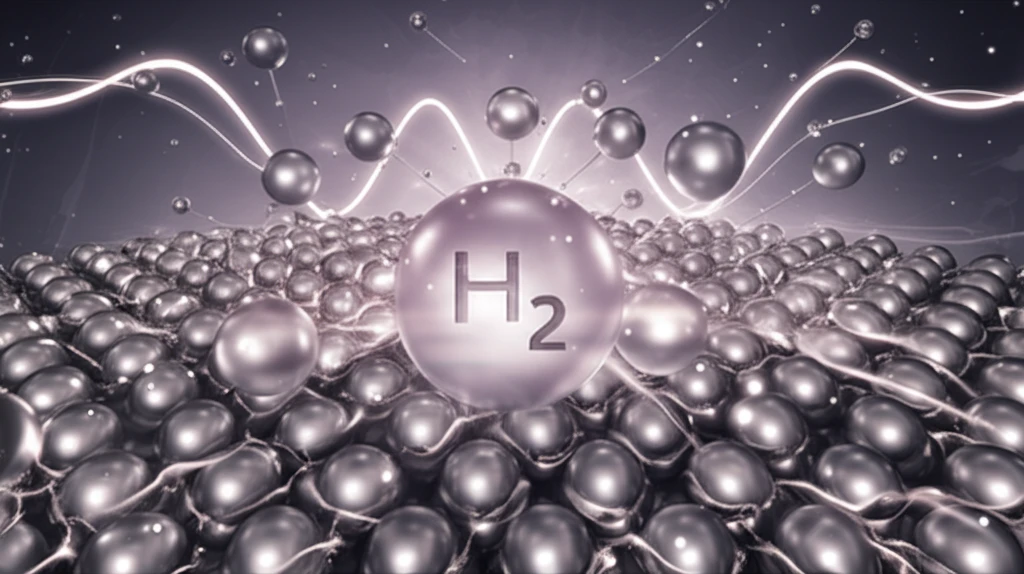
The Hidden Danger in Fusion Energy: Understanding Hydrogen's Impact on Tungsten
"New research sheds light on how hydrogen behaves near tungsten surfaces, a critical factor for the future of fusion reactors and their plasma facing materials. Uncover the science behind surface blistering and material degradation."
Tungsten is a promising material for fusion reactors, which are designed to harness the power of the stars to generate clean energy. One major hurdle? The intense conditions inside a reactor, where high-energy hydrogen isotopes bombard the reactor walls. This bombardment can cause hydrogen to accumulate within the tungsten, leading to blistering and ultimately compromising the material's integrity.
For years, scientists have been grappling with the complexities of this issue, striving to understand exactly how hydrogen interacts with tungsten at the atomic level. This knowledge gap has hindered the development of effective strategies to mitigate the damage and ensure the long-term reliability of fusion reactors. Understanding the way that hydrogen accumulates is essential to creating the technology of tomorrow.
Recent research published in Materials Today Communications has shed new light on this critical interaction. Using advanced computational methods, scientists have simulated the behavior of hydrogen atoms on and within tungsten surfaces, providing valuable insights into the mechanisms driving surface blistering. By understanding the forces at play, we can pave the way for more resilient materials and, ultimately, the realization of sustainable fusion energy.
The First-Principles Study: A Closer Look

The study employed first-principles calculations, a powerful simulation technique rooted in quantum mechanics. These calculations allow researchers to model the behavior of atoms and molecules with remarkable accuracy, predicting their interactions and properties without relying on experimental data alone. This approach is particularly valuable when studying complex phenomena, such as hydrogen-tungsten interactions, where experimental observations can be challenging.
- Adsorption energies: How strongly hydrogen atoms bind to different sites on the tungsten surface.
- Migration pathways: The routes hydrogen atoms take as they move across and into the tungsten material.
- Binding energies: The forces between hydrogen atoms within the tungsten lattice, influencing their tendency to cluster or repel each other.
Implications and Future Directions
This research provides valuable insights into the complex interplay between hydrogen and tungsten, paving the way for the development of more durable and reliable plasma-facing materials. Understanding how hydrogen interacts with tungsten at the atomic level is crucial for mitigating surface blistering and ensuring the long-term viability of fusion reactors. By tailoring the composition and microstructure of tungsten-based materials, scientists can potentially minimize hydrogen retention and extend the lifespan of reactor components, bringing us closer to a future powered by clean, sustainable fusion energy.
